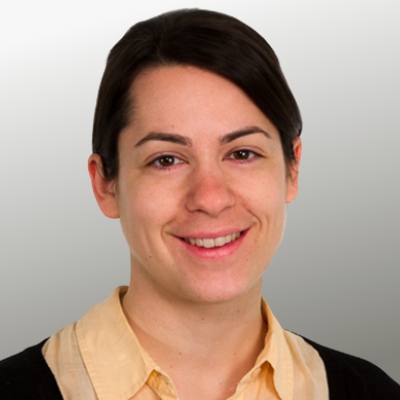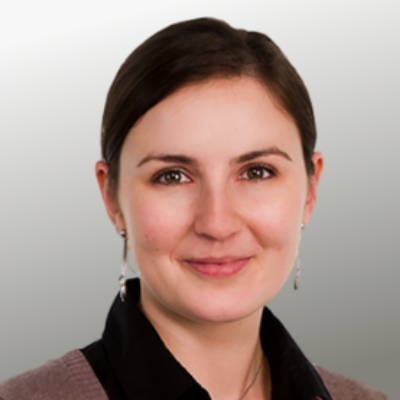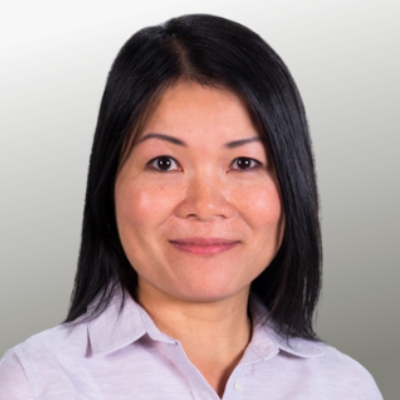Quick and Easy Isolation of T Cells and Other Immune Cells from Large-Volume Samples
REGISTER TO WATCH
Large-scale cell isolation is a critical step in cell therapy research. Current methods can be a significant bottleneck in a lab’s workflow, often requiring a full day for sample processing and cell isolation. In this webinar, Dr. Amanda Vanden Hoek and Ms. Vesna Posarac will present two novel platforms that enable efficient cell isolation from large-volume samples: the Easy 250 EasySep™ magnet and the RoboSep™-C instrument.
The Easy 250 EasySep™ magnet allows users to manually isolate cells from a washed leukopak of up to 225 mL in a single procedure. Optimized negative and positive selection protocols for isolating T cells, B cells, NK cells, and monocytes ensure that isolated cells are highly purified and ready for a variety of downstream assays. The same isolation procedure for T cells can be automated in a closed system with RoboSep™-C, which performs all leukopak processing and cell isolation steps in a 75-minute workflow. By streamlining sample processing, this dedicated cell separation instrument enables scale up while maintaining sterility and compatibility of isolated cells for downstream assays. Both platforms offer efficient and user-friendly cell isolation that can be easily integrated upstream of existing workflows.
Key learning objectives:
- Learn about immunomagnetic cell isolation
- Explore efficient platforms to scale up large-volume isolation of T cells and other immune cells
- Assess the advantages of manual vs. automated cell isolation
Vesna Posarac, MSc
Senior Scientist
Research & Development
STEMCELL Technologies
Amanda Vanden Hoek, PhD
Senior Product Manager
Business Operations
STEMCELL Technologies
Optimizing CD34+ Cell Genome Editing for Efficiency and HSPC Maintenance
REGISTER TO WATCH
CRISPR-Cas9 gene editing of human hematopoietic stem and progenitor cells (HSPCs) holds great promise for disease treatment by cellular therapy and other methodologies. However, the variables that can affect treatment of relevant diseases in the real world are still being elucidated. A critical part of this involves implementing an optimized gene editing and cell culture methodology.
In this webinar, Dr. Marta Walasek and Ms. Danielle Nguyen Truong will describe tips and tricks to lock down effective genome editing conditions for CD34+ cells, methods to evaluate genome editing efficiency, as well as optimal pre- and post-editing culture conditions to maintain HSPC function and long-term editing effects.
The speakers will outline the differences between primary CD34+ cell sources and the advantages of using StemSpan™ serum-free cell culture media for the maintenance of CD34 expression and expansion of primitive HSPC subsets during genome editing.
Key considerations for designing CRISPR-Cas9 gene editing protocols will also be reviewed by presenting a case study that demonstrates efficient genetic knockout of CD45 and β2 Microglobulin (B2M) in CD34+ HSPCs using the ArciTect™ CRISPR-Cas9 system.
Key learning objectives:
- Explore differences between sources of primary CD34+ cells
- Identify optimized electroporation conditions for CD34+ cells from human cord blood
- Define culture conditions for increased transfection efficiency of CD34+ cells
- Assess cell viability and function post-transfection using flow cytometry and the CFU assay
Marta Walasek, PhD
Senior Scientist
Research & Development
STEMCELL Technologies
Danielle Nguyen Truong, BSc
Technical Scientist
Business Operations
STEMCELL Technologies




